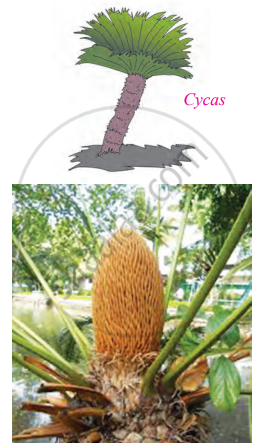Comparing Garden Plants:
1. Observe plants like Cycas, Christmas tree (Picea), hibiscus, and lily in a garden.
2. Note their similarities, such as being green and autotrophic, and differences in structure and reproduction.
3. Identify differences between gymnosperms (e.g., Cycas, Christmas tree) and angiosperms (e.g., Hibiscus, lily):
- Gymnosperms have exposed seeds and no fruits, while angiosperms produce seeds that are enclosed in fruits.
- Gymnosperms are mostly woody and evergreen, whereas angiosperms can be woody, herbaceous, or deciduous.
- Gymnosperms have separate male and female reproductive structures, while angiosperms often have flowers with both male and female parts.

